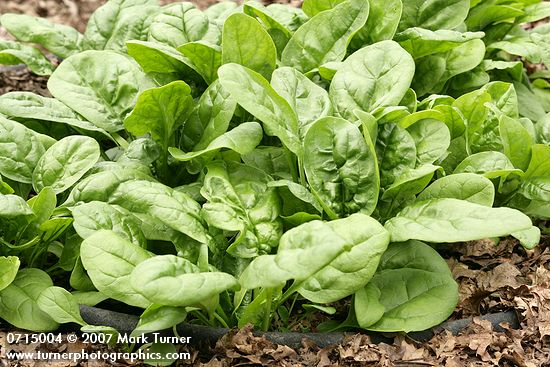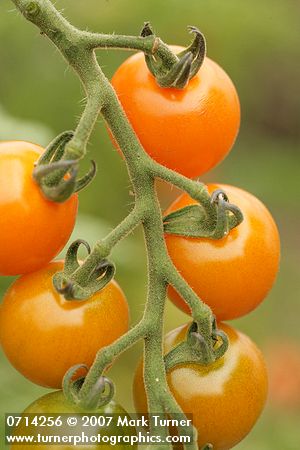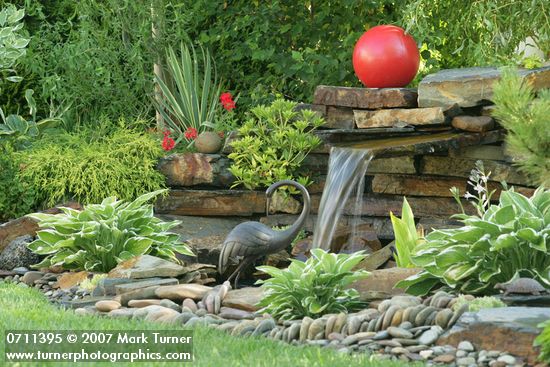There’s been a tremendous amount of press lately about how overweight we Americans are. Much medical research touts the benefits of maintaining a “normal” weight, as indicated by a body mass index (BMI) under 25. Regular exercise and a good diet high in whole grains, fruits, and vegetables with modest amounts of protein and low in fats and sugars are the keys to maintaining a trim figure and healthy weight. Over the years I think I’ve done pretty well at eating and exercising.
Unfortunately, when I’m on the road photographing it’s much harder to eat well and get enough exercise. I may be on my feet all day and lugging 25 or so pounds of metal and glass around, but I don’t generally walk very far. My tiredness at the end of the day is more from mental concentration than physical exertion. Couple that with restaurant meals and it’s nearly inevitable that I gain weight. So is location photography bad for my health? Not necessarily, but there are definitely issues to deal with.
Most people look at me and see a fairly trim person and wonder why I’d want to lose weight. I’m certainly not in the obese group, but when I got home from my last road trip and stepped on the scales I weighed 158 pounds, the heaviest I’ve ever been. I top out at 5′ 6″ when I stand up straight, so that weight gave a BMI of 25.5 on the National Institute of Health BMI calculator. That put me slightly into the overweight category. I only weighed 120 when I graduated from high school and was definitely a skinny kid. That’s still my body image, but 120 is unrealistically low and probably unhealthy at age 53. I’ve got a bit of love handles around my trimmed waist I’d like to get rid of so there’s no fat to pinch. I figured that if I could drop 10% to 140 that would be a reasonable goal.
We live in a society that encourages instant gratification in nearly everything. I’ve never bought into that in a big way, but it would sure be nice to wave a magic wand and drop weight without doing anything serious. There’s no way for that to happen. To lose weight, one must burn about 3500 more calories than consumed to lose a single pound of fat. Eating less and exercising more are both important factors. I’m not big on counting calories — it’s just too much hassle. I find it easier to think in broader terms about what I eat and drink. Three regular meals daily, with little or no snacking in between, has been part of my lifestyle forever. So where could I cut down? I’ve actually increased the quantity of fresh fruit and vegetables. They’re in season, tasty, and have a lower caloric density than many other foods. I’ve reduced the amount of meat, cut back on pasta, and go easy on the olive oil when cooking. The big sacrifices have been avoiding a daily bottle of beer (about 150 calories) and a daily bowl of ice cream (about 150 calories per half cup, and my servings are definitely bigger than that). There’s never been much snack food like chips or sugary drinks in my diet. Smaller amounts of dense food and larger amounts of low-density food makes sense and satisfies my need to eat until I feel full.
The other side of the equation is increased exercise. I tend to be a sporadic exerciser. I’ve never been an athlete, but have tried to stay in good shape. I never want my body to limit what I can do, particularly when it comes to outdoor activities like hiking, backpacking, cycling, or skiing. When I had a day job I commuted to work by bicycle about 2 miles each way. That modest amount of exercise did a lot to keep me fit and I didn’t have to go out of my way to do it. It also saved money with no gas, parking expenses, or bus fare required to get to work. Now that I’m self-employed I work from home. When I’m out shooting I drive because the distances are too great and the amount of gear required is too heavy. It also probably wouldn’t look very professional to show up on a bicycle all sweaty.
Since I like to bicycle, it’s a low-impact sport, and riding burns a lot of calories I decided to return to riding lots of miles to increase my exercise level. I got back in the routine of regular riding on August 12 with a 20-mile loop with a couple of hills, averaging 15.4 mph. I felt like someone had put molasses on my chain. Following the exercise recommendation of every other day to allow recovery, I aimed for alternate riding and rest days with a goal of about 100 miles per week. Bellingham and Whatcom County have many roads that are bicycle-friendly so I could vary my route and not get bored. I’m in my fourth week of this exercise program and have ridden more than 415 miles with nearly 25 hours in the saddle. The molasses is gone from my chain, but hills still have me huffing and cursing. On Labor Day I rode nearly 46 miles, averaging 17.2 mph. The last two hills hurt and I would have been happy to be home 10 miles sooner, but with a day of rest I’ll be back on my bike this afternoon. I definitely push myself when I’m riding, trying to maintain as high a speed as I can. The hills may hurt, but they’re the key to the fun of going down the other side.
What are the results so far? I’m down to about 150 pounds and have burned over 12,700 extra calories. I use a Java applet to do the calorie calculation. It’s harder to judge how much of the love handles are disappearing. It’s been a lot of work. I feel good. I’m riding faster. I can ride 50 miles and not feel exhausted when I get home. I fantasize about bicycling to California and Florida while I’m out pedaling around the county.
Will I be able to keep it up? I hope so, but I’ll be going back on the road again soon to photograph fall gardens. I’ve also got a trip to the Garden Writers Association annual symposium coming up. That means there’s certainly going to be a break in my exercise routine and probably a decrease in the quality of my diet. When the shooting season ends the dark and rainy season will have begun so long bike rides will be less attractive and more dangerous. Maybe I’ll get back to swimming a mile three times a week for the winter.



 Bellingham can be a slightly challenging place to grow tomatoes because we don’t get a lot of summer heat. Our garden is situated in the triangle between two streets so the microclimate is slightly warmer than some other vegetable gardens in town. We grow our tomatoes from seed, starting them inside in the spring and then transplanting them out in May. We use wall-o-waters around them to get them going. This year we were a little slow getting them in the ground so we didn’t have any ripe tomatoes until after the first of August. We like to have them by the last week of July.
Bellingham can be a slightly challenging place to grow tomatoes because we don’t get a lot of summer heat. Our garden is situated in the triangle between two streets so the microclimate is slightly warmer than some other vegetable gardens in town. We grow our tomatoes from seed, starting them inside in the spring and then transplanting them out in May. We use wall-o-waters around them to get them going. This year we were a little slow getting them in the ground so we didn’t have any ripe tomatoes until after the first of August. We like to have them by the last week of July.